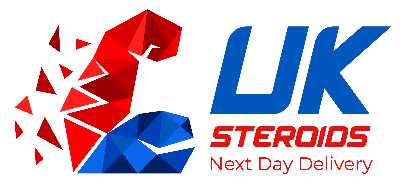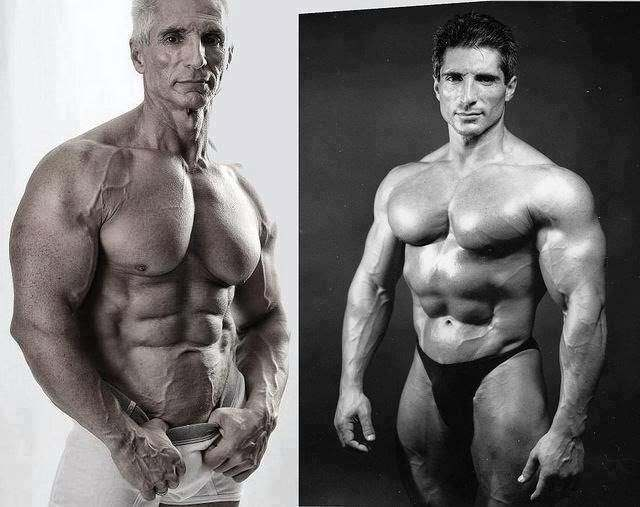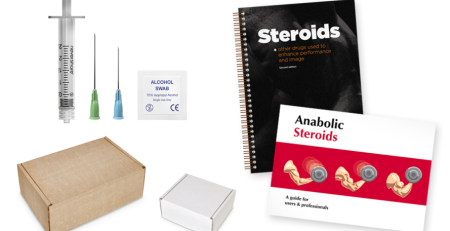Steroids and Skin
Acne is by far the most overt sign of steroid use, even though not everyone who gets acne uses steroids. Other problems, such as acne, excessive skin stretch marks, and male-pattern baldness in young men and women, are significantly more common. A survey of powerlifters revealed that 53% of them suffered from acne, 47% had more body hair, 27% had more oily skin and hair, and 20% had lost hair on their scalps. Steroid use may make serious skin conditions worse. Athletes receiving therapy for acne often cease responding to normal regimens if they continue taking the medications.
Steroid-related acne is equally caused by injectable and oral steroids. Such acne can linger for a long time and may not clear up with conventional medical treatment, even after the athlete stops taking steroids. Athletes who use steroids while getting acne medication often experience a delayed healing response, indicating that steroids have a major effect on acne formation.
The following list includes some of the most common skin conditions:
Keloids with stretch marks on sebaceous glands, psoriasis, familial angiolipomas, and hereditary coproporphyria safflower glands
The skin has sebaceous glands, which lubricate it. Using anabolic steroids causes the sebaceous glands to grow and produce more sebum, just like how doing so increases size. This results in abnormal keratin production in the skin, which in turn causes comedones. These acne lesions are characterized by increased levels of skin lipids, such as cholesterol and free fatty acids. These lipids serve as a feast for bacteria that are normally latent in the epidermis and they flourish on them. Their feast triggers the skin follicles to produce very inflammatory end products, which leads to the inflammation linked to acne.
Marks of Stiffness
Although steroids help build muscle all over the body, the most noticeable increases are seen in the neck, chest, shoulders, and upper arms. Furthermore, certain places are more likely to get stretch marks than others. When the skin grows more quickly than the underlying muscle tissue in proportion, stretch marks result. Steroids worsen them by preventing the formation of collagen, a crucial structural protein in the skin, which results in less pliable skin and a higher risk of developing stretch marks. Even though muscle growth may slow down after steroid use is stopped, stretch marks persist. Stretch marks can be avoided using several therapies, even though there is now no recognized cure.
Keloids
Keloids are another type of scar tissue that is more common in people with darker complexion than in those with lighter skin. According to one study, bodybuilders and hockey players among other sportsmen who used injectable and oral anabolic steroids saw an increase in keloid lesions. No new lesions formed when the athletes stopped taking steroids, although the keloids were still visible on their skin. Not a single participant in the study had ever experienced keloid formation before. Since most other forms of scar tissue, including keloids, are composed mostly of collagen, the overproduction of collagen in the skin resulting from steroid usage may be the origin of keloids. According to one study, those who used large doses of anabolic steroids produced more type-1 collagen and had less of it broken down.
Psoriasis
Psoriasis is an autoimmune disease in which skin cells are attacked by immune cells for an unclear reason, causing red, scaly patches. One bodybuilder’s psoriasis was being treated with a topical treatment, but it got much worse when he started taking steroids. Eventually, his psoriasis became resistant to treatment. But his psoriasis stabilized once he stopped using steroids, and it started responding to a simple skin cream routine again.
Families with angiolipomas
Fatty skin tumours called familial angiolipomas represent a distinct medical condition. Tumours might become bigger and more numerous when anabolic steroids are used. Analysis of fat cells revealed the presence of androgen receptors, indicating that the hormones may have worked on these receptors in the fatty tumours to stimulate growth and multiplication.
Coproporphyria is inherited
Furthermore, research points to a link between anabolic steroids and the unusual condition known as hereditary coproporphyria. A particular enzyme deficit causes this inherited illness, which manifests as purple urine and increased sensitivity to sunlight. Blisters appeared on the hands and cheeks of a person who had never before shown any signs of illness.












Leave a Reply